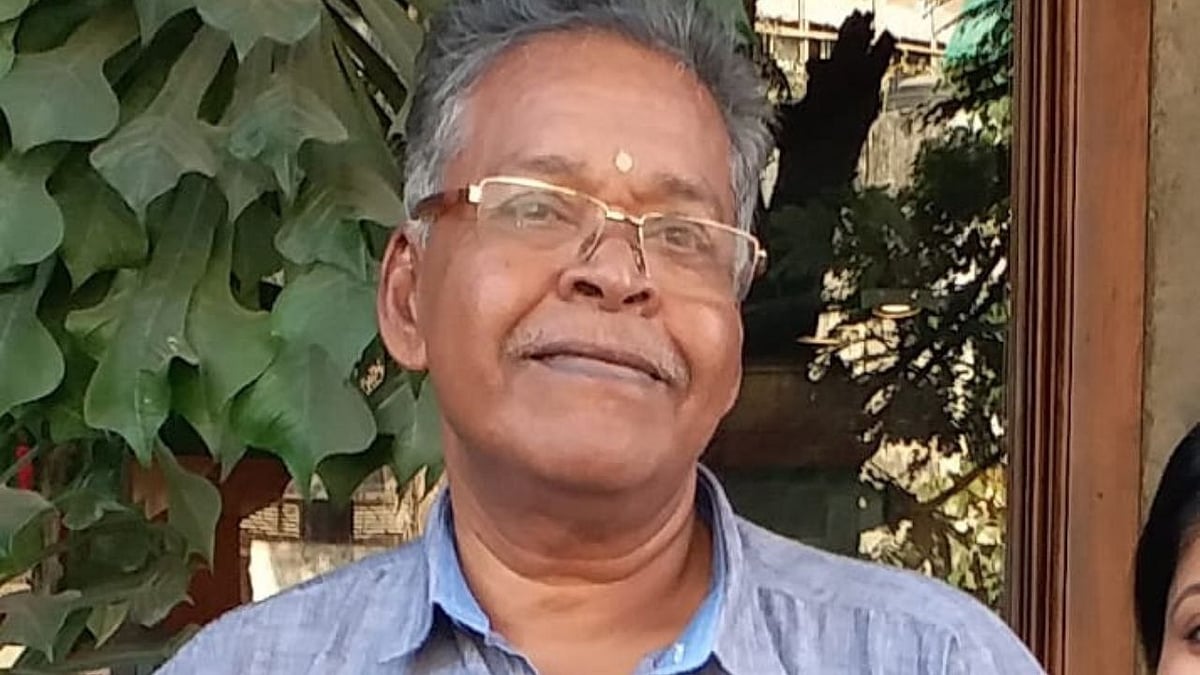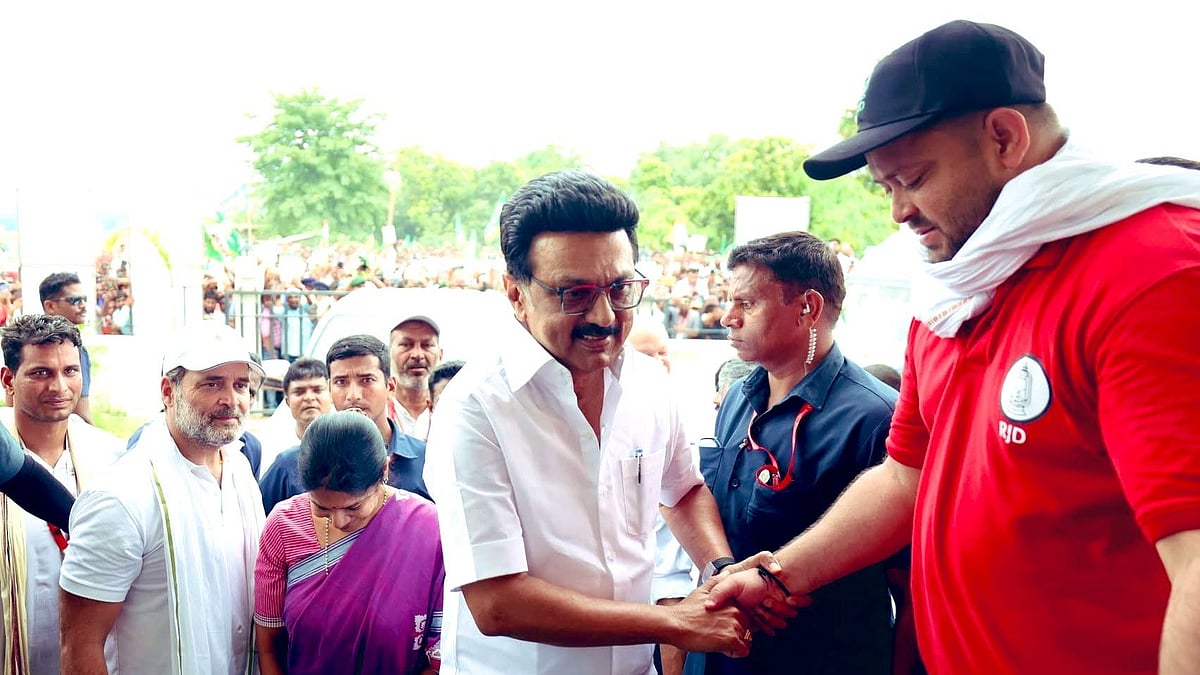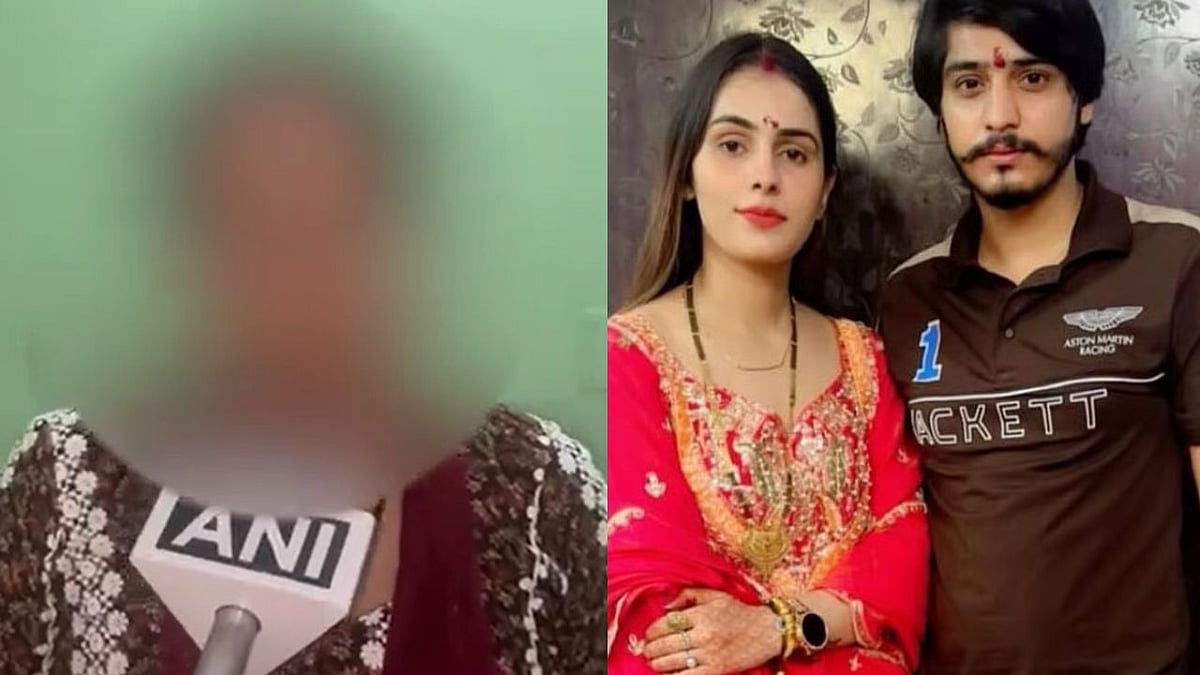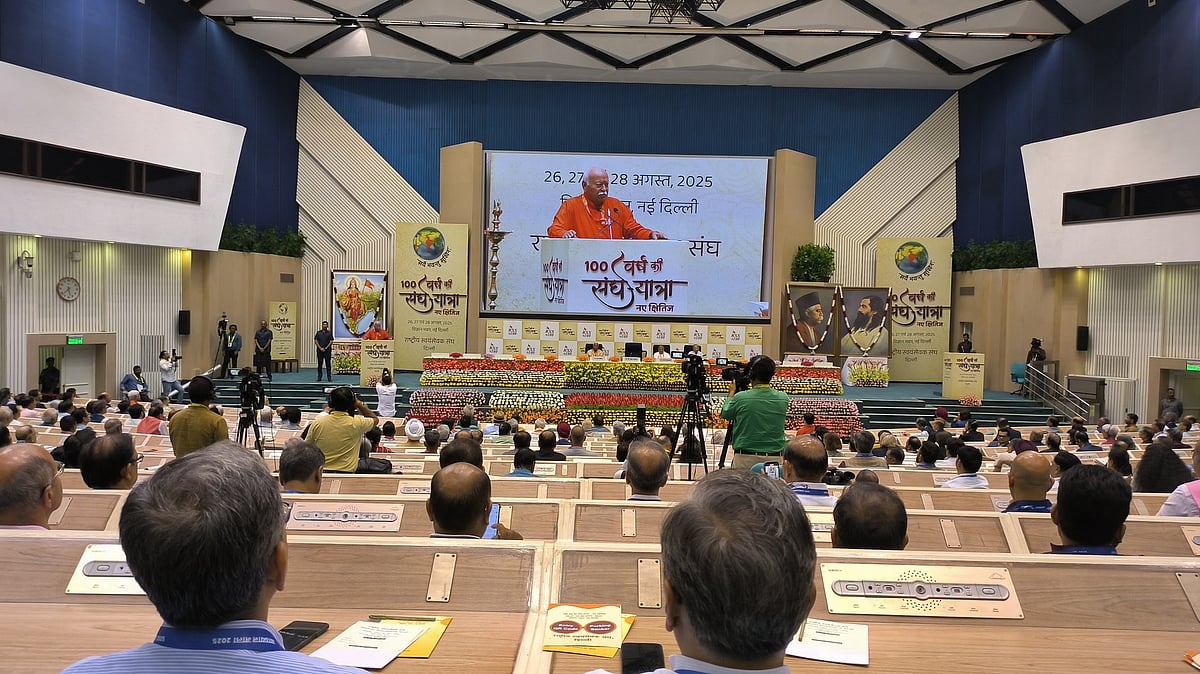Subhash Mukhopadhyay, also known as Subhash Mukherjee, was an Indian scientist and physician who developed India's first vitro ferilisation (test-tube baby) and with that he also became world's second scientist who contribute in it. He was born in Bihar on January 16, 1931 and died on June 19, 1981 .
Who was Subhash Mukhopadhyay?
Subhash Mukhopadhyay was a physician who belonged to the Brahmin family. He always had an interest in medical studies. According to reports, he studied Physiology at the University of Calcutta and in 1955 he took the degree of MBBS from the Calcutta National Medical College. Subhash also worked as a Professor of Physiology at NRS Medical College and as a Lecturer.
First Indian scientist who created a test-tube baby
Mukherjee's biggest contribution to Science was on October 3, 1978, when he created India's first test-tube baby (IVF) "Durga" with the help of Sunit Mukherji. He also became the world's second scientist to successfully contribute to in vitro fertilisation after Robert Edwards and Patrick Steptoe. sun

Challenges faced by Subhash Mukhopadhyay
Subhash Mukhopadhyay faced criticism and negligence from the society and the government. According to reports, he didn't receive credit for the first architect of Human Baby and was replaced by TC Anand Kumar, who was the director of ICMR. After many years, Mukhopadhyay finally received the credit through the initiative of TC Anand and became India's first scientist to successfully contribute to the creation of a test tube baby. However, he committed suicide in his residence in Calcutta on June 19, 1981. In 1990, the film Ek Doctor Ki Maut was made which is dedicated to Subhash Mukhopadhyay.









